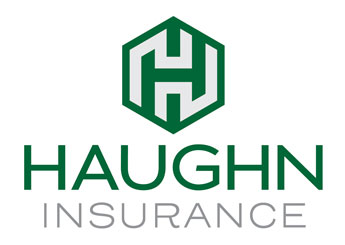
When a corporation wants to self-insure instead of selecting traditional insurance options, one option is to form a captive entity. Captive insurance companies are fully-owned subsidiaries explicitly created for insurance purposes. Larger organizations with many related companies may use a single captive insurance business for all of them or create several different captives. Many corporations use captives as a type of supplementary insurance. That way, they can secure traditional insurance for areas where it’s beneficial financially. When commercial insurance isn’t feasible, captives pick up the slack. Are OH captive insurance solutions the right choice for your organization? Read on to discover whether this insurance structure is right for you and how captive claims are handled.
How Does Captive Insurance Work?
The inner workings of a captive are similar to other insurance companies. Captive insurance businesses need to file an income tax return, administer cash flow, issue policies, assess risk, determine policy pricing, and handle claims. For all intents and purposes, captives have the goal of generating profits just like any other insurer.
What Are the Benefits of Captive Insurance?
Why would a corporation use its own assets, pay additional employees and invest time in creating a subsidiary insurance business? For many companies, the benefits of captive insurance outweigh the risks or resources required. Here are several advantages:
- Freedom: Captive insurance allows businesses to choose the options that fit their needs closely. While self-insurance programs still have to follow state and federal guidelines, they offer increased control over decision-making.
- Profits: In addition to investing capital in forming a captive insurance company, shareholders can also participate in profits. It’s not uncommon for captive underwriting businesses to turn a significant profit from year to year.
- Risk solutions: Some corporations deal with products or services that are hard to insure. Liability insurance and casualty insurance are two examples that may be unavailable to companies. With captive insurance, it’s possible to obtain the needed protection for virtually any situation.
- Insurance pricing: Policy pricing is different when providing insurance for many different companies in an industry, especially due to market volatility. Since captive insurance focuses on a single entity or a related corporate group, policies are often more cost-effective. This can potentially save businesses significant capital over the years.
According to Risk Management Magazine, over 90% of Fortune 500 companies own at least one captive insurance company. In addition, small and medium businesses seem to be catching on to this trend. With so many benefits, this isn’t surprising.
How Can You Streamline Claims Handling?
Captives can accommodate the preferences of the parent company when it comes to claims handling. This includes whether or not to settle and how long to wait before settling. Ensuring that your captive settles claims with your organization’s best interests in mind means choosing its staff carefully. There should be a clear policy in place, stating the priorities and goals to follow. These policies should take into account real data from past claims and adjust as needed.
About Haughn & Associates
Founded by Michael Haughn in 1986, Haughn & Associates is a full-service, family-owned, independent insurance agency based out of Dublin, Ohio. H&A strives to provide the best possible price and unique insurance solutions across a myriad of industries, including construction, IT, Habitation & Commercial Property, Agriculture, and Engineering. Devoted to providing the best of business insurance, life and disability insurance, personal insurance, employee benefits, and bonds, H&A is proof that success lies in long-standing client relations and satisfaction. To learn more about how H&A can be of service to you, contact us at (877) 802-2278.

